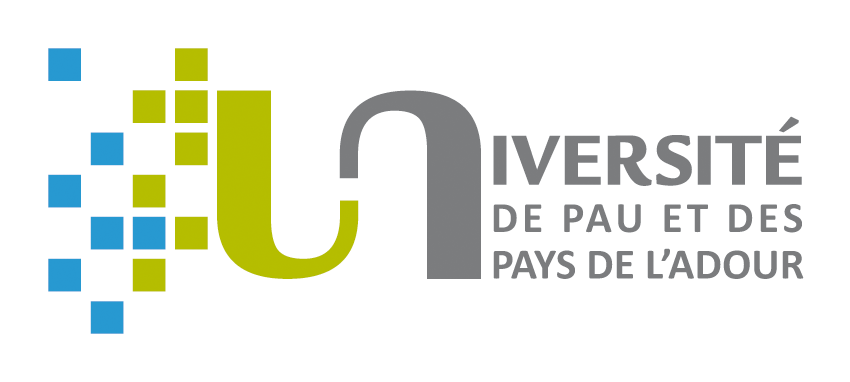Mechanism of Pd/Senphos-Catalyzed trans-Hydroboration of 1,3-Enynes: Experimental and Computational Evidence in Support of the Unusual Outer-Sphere Oxidative Addition Pathway
Résumé
The reaction mechanism of the Pd/Senphos-catalyzed trans-hydroboration reaction of 1,3enynes was investigated using various experimental techniques, including deuterium and double cross-over labeling experiments, X-ray crystallographic characterization of model reaction intermediates, and reaction progress kinetic analysis. Our experimental data are in support of an unusual outer-sphere oxidative addition mechanism where the catecholborane serves as a suitable electrophile to activate the Pd 0-bound 1,3-enyne substrate to form a Pd-h 3-p-allyl species, which has been determined to be the likely resting state of the catalytic cycle. Double cross-over labeling of the catecholborane points toward a second role played by the borane as a hydride delivery shuttle. DFT calculations reveal that the rate-limiting transition state of the reaction is the hydride abstraction by the catecholborane shuttle, which is consistent with the experimentally determined rate law: rate = k [enyne] 0 [borane] 1 [catalyst] 1. The computed activation free energy DG ‡ = 17.7 kcal/mol and KIE (kH/kD = 1.3) are also in line with experimental observations. Overall, this work experimentally establishes Lewis acids such as catecholborane as viable electrophilic activators to engage in an outer-sphere oxidative addition reaction and points towards this underutilized mechanism as a general approach to activate unsaturated substrates.
Fichier principal
 mechanism-of-pd-senphos-catalyzed-trans-hydroboration-of-1-3-enynes-experimental-and-computational-evidence-in-support-of-the-unusual-outer-sphere-oxidative-addition-pathway.pdf (877.71 Ko)
Télécharger le fichier
mechanism-of-pd-senphos-catalyzed-trans-hydroboration-of-1-3-enynes-experimental-and-computational-evidence-in-support-of-the-unusual-outer-sphere-oxidative-addition-pathway.pdf (877.71 Ko)
Télécharger le fichier
Origine : Fichiers produits par l'(les) auteur(s)
